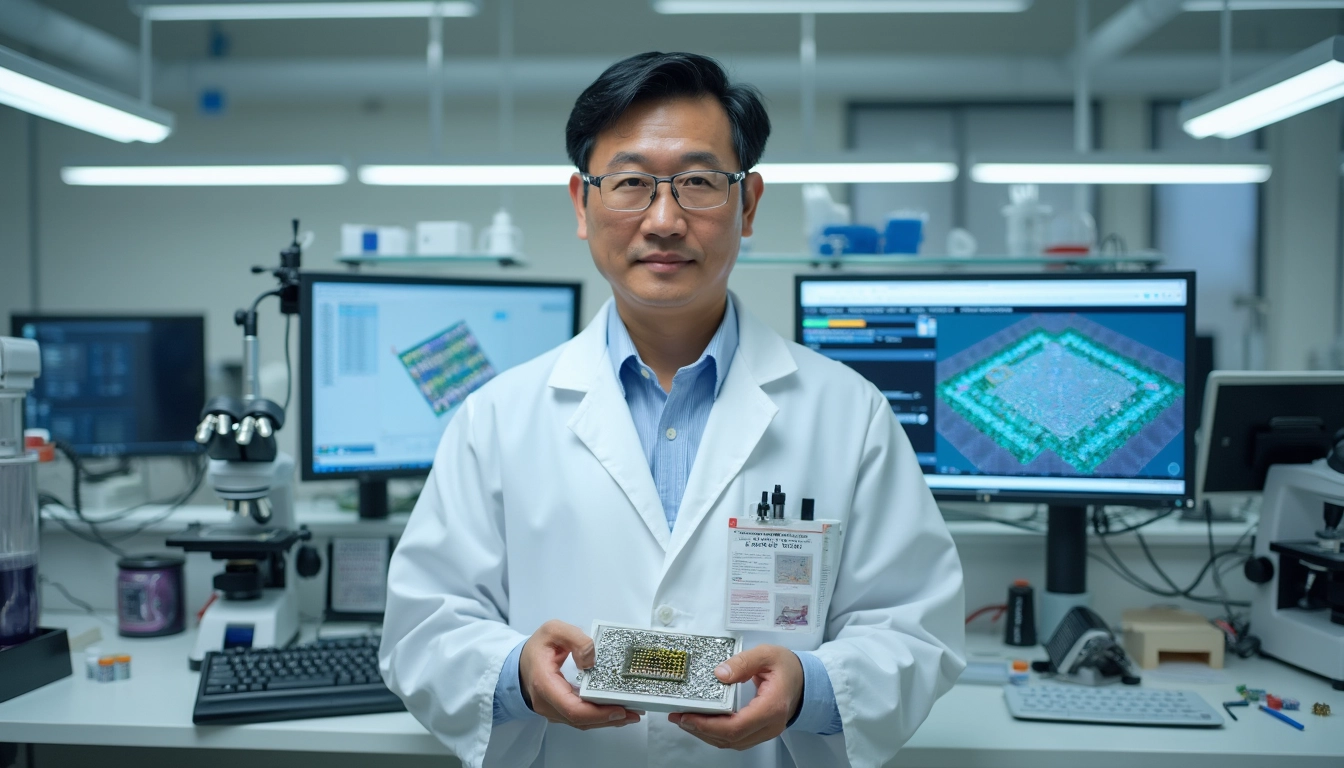
China Unveils Groundbreaking 1nm RISC-V Wuji Chip Using 2D Materials
China’s semiconductor industry has achieved a groundbreaking milestone with the development of the Wuji chip – the world’s first 1-nanometre RISC-V microprocessor built using advanced 2D materials. This revolutionary chip, created by Fudan University researchers, uses molybdenum disulfide and tungsten diselenide instead of traditional silicon, marking a significant leap in semiconductor innovation.
Table of Contents
Key Takeaways:
- The chip features 5,900 transistors and maintains a remarkable 99.77% testing yield
- Built on 32-bit RISC-V architecture, enabling independence from foreign technology
- Uses innovative 2D materials with unique electrical and thermal properties
- Achieves sub-1-nanometer thickness while maintaining 70% manufacturing compatibility with existing production lines
- Represents a major breakthrough in silicon-free semiconductor technology
Revolutionary Architecture and Design
The Wuji chip represents a quantum leap in semiconductor technology. Built using molybdenum disulfide and tungsten diselenide, this innovative processor demonstrates China’s growing capabilities in advanced chip manufacturing. Similar to recent breakthroughs in processor technology, the chip’s architecture focuses on maximizing efficiency while pushing the boundaries of miniaturization.
Breaking Silicon Limitations
Traditional silicon-based semiconductors face physical limitations at extremely small scales. The Wuji chip’s use of 2D materials overcomes these constraints, opening new possibilities for chip design and performance. Like quantum computing advancements, this breakthrough could reshape the future of computing technology.

Manufacturing and Testing Excellence
The chip’s 99.77% yield in testing demonstrates exceptional manufacturing precision. With 70% compatibility with existing silicon-based production lines, the technology offers a practical path to commercial production. This manufacturing approach could benefit from automation tools like those offered by Latenode’s production optimization solutions.
Global Impact and Future Implications
The development of the 1-nanometer chip positions China as a serious competitor in the global semiconductor market. Following recent quantum computing developments, this achievement showcases the rapid advancement of alternative computing technologies. The open-source RISC-V architecture enables greater collaboration while reducing dependence on foreign technology providers.
Applications and Future Development
The Wuji chip’s potential applications span across high-performance computing, AI servers, and consumer devices. Its unique properties make it particularly suitable for scenarios requiring minimal power consumption and maximum processing efficiency. The successful development of this chip paves the way for future innovations in 2D material-based semiconductor technology.


